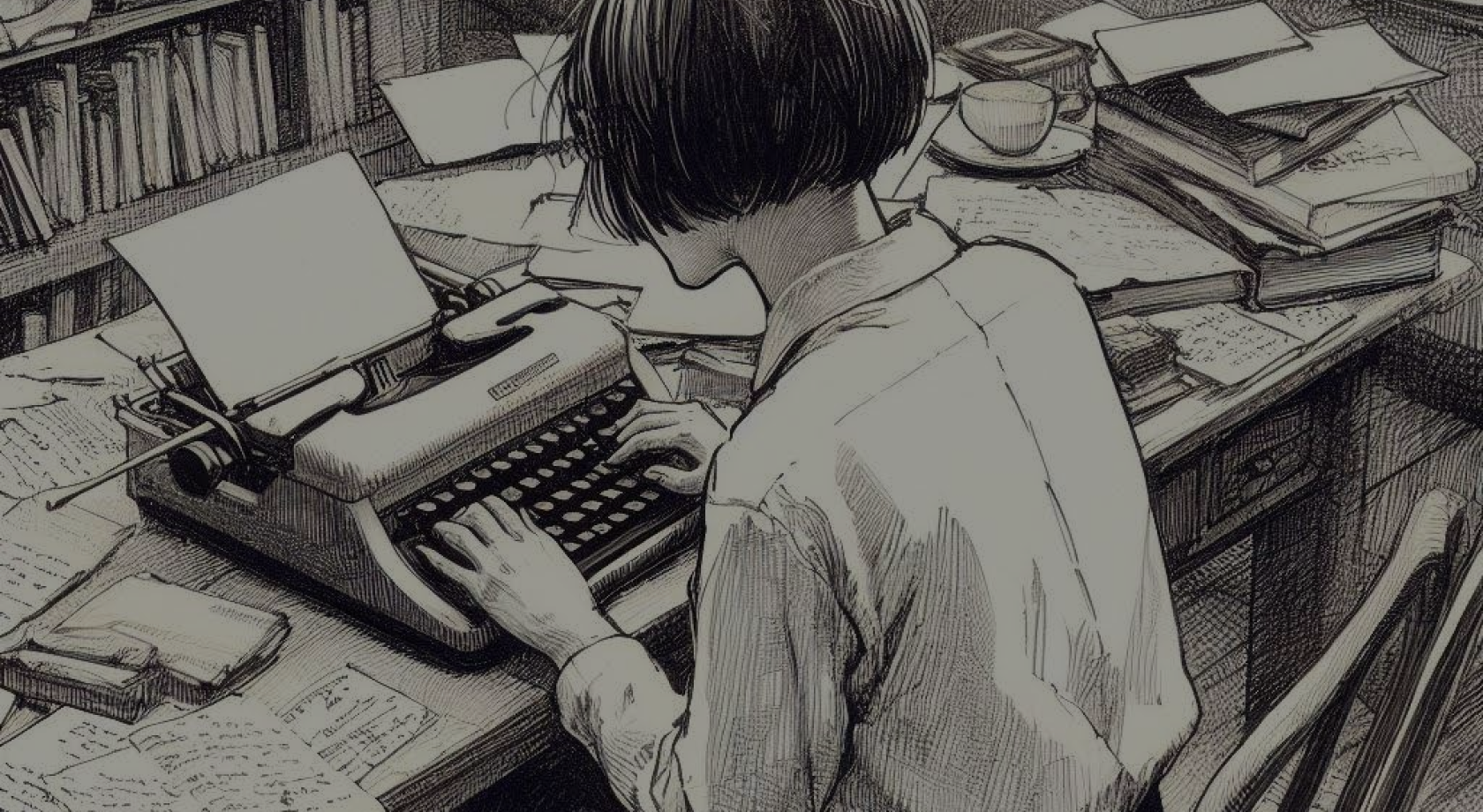The contradictory impressions left by a visit to a Javaé indian tribe
The text below is based on impressions left by a trip to Tocantins region (BR)
that took place in 2014.
(photo by Manoel Jr./Governo do Tocantins)
Our tour guide agreed with the Javaé Indians who live on Bananal Island to visit their tribe located in Aldeia do Boto Velho.The canoe in which the Indian took us to the village was dragging along the riverbed the whole time.This happens because the farmers whose lands are located on the banks of the Javaé River use powerful pumps to draw water from the river.This water is used to irrigate soybean crops.As a result, the river level is lower every year.
Aldeia do Boto Velho is one of the largest indian villages in Tocantins region, Brazil.There are around 170 Indians who are already very acculturated, yet communication is difficult.The huts have mud walls and thatched roofs, all very simple.But I saw loads of flat screen TVs, the big ones.
During our stay in the village, two nurses spent the week circulating among 16 villages to vaccinate the Indians.They are reasonably well taken care of.The guide said that all the fish we have eaten in Tocantins is caught by the Indians.They leave by boat along the Tocantins River for a week and come back loaded.It seems that this is their main livelihood, in addition to the family allowance paid by the government.
I was trying to communicate with the chief's wife when I discovered that the shaman was arguing passionately with my friend because he and the guide had gone to visit the "men's house", where women and outsiders are not allowed to enter.The shaman forbade them to tell me what's in there!The shaman wanted monetary compensation for this invasion of privacy.He spent a long time insisting on receiving “dindim”.My friend bravely resisted, saying that we had already paid money to the chief of the tribe for our visit.But the shaman said that the Indians don't get anything.It seems that the money is all concentrated in the hands of one or two Indians, the others feel harmed and develop an understandable aversion to tourists, who walk everywhere as if they were in a curio shop.After that discussion, I had to go talk to the shaman to soften him up.He told me then that he's about 500 years old.I concluded that his tribe must have very good skin creams, as the shaman was relatively well preserved.
We witnessed a pitiful scene.The Indians caught two huge turtles and left them alive with their hulls overturned, slowly dying of thirst for three days.At the end of this period, they would be cooked with plenty of seasoning.I asked why they didn't just kill the turtles and keep their meat in the fridge, and they just laughed.I was shocked by their reaction.Then an old Indian woman came to sell us necklaces.Most of them were decorated with little tortoise shells from a species of tiny tortoise.Imagine if IBAMA (Brazilian Institute of Environment and Renewable Natural Resources ) catches me carrying these souvenirs back home! No, thanks.
The little daughter of the chief of the tribe saw me taking pictures of their pet macaw and feeding it in her mouth.She then came to show me the pet chick that she had trapped in her hand and carried everywhere.The poor animal was so dizzy that he fell asleep in my hand.The Indian's little brother was distracted by kicking and punching his stray dog.After this tour, I lost all the illusions about the Indians being in balance with nature. After so many years conscious that we should make all the possible efforts to help them to preserve their culture and space, it’s clear that we are not being successful.
The Indians are not people of many smiles.On the contrary.Those in the village we visited made it clear that they didn't want to hear anything from us.Most pretended not to understand Portuguese (but they learn Portuguese in addition to Javaé language at school). I imagine tourists make them feel like zoo animals.But fortunately, there is a small counterpart to this feeling: today we met two helicopter pilots who work for IBAMA and they told us about what happened when they landed on a deserted island in Xingu last week.Suddenly, Indians began to appear from everywhere.They took out their smartphones and ipads and started taking pictures of the pilots! This time the pilots were the attraction.
Fortunately, they still preserve many of their original habits.I was delighted to discover that all the Indian women in the village we visited still had a little goatee tattooed on their faces.The older ones also had a coin-sized circle under each eye.One of them, the bravest, had a mustache, goatee and sideburns!
Voltar


